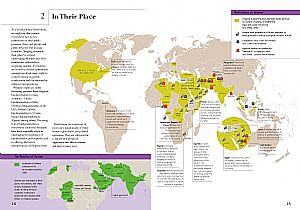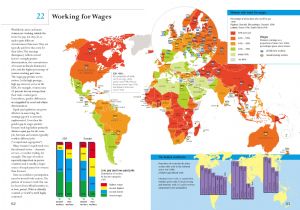 |
Let these maps guide you around the world and into the issues affecting women's lives. Browse through maps illustrating the percentages of women in government, when women earned the right to vote, how much money women earn, and how many women are affected by domestic violence.
|
 |
Domestic Violence
"Significant numbers of the world's population are routinely subject to torture, starvation, terrorism, humiliation, mutilation and even murder simply because they are female. Crimes such as these against any other group would be recognized as civil and political emergency." -- Charlotte Bunch and Roxanna Carrillo
For millions of women, the home is the most dangerous place they could be. Far from being a place of safety, the family is often a cradle of violence.
|
 |
In Their Place
As broad political observation, we might say that women everywhere face de facto restrictions on their public presence, dress, and private and public behavior. But in many countries, "keeping women in their place" is a literal undertaking. Mobility and dress restrictions, enforced in a surprising number of countries, are rooted in standard patriarchal assumptions about men's right to control women, in potent combination with fundamentalist religious interpretations.
|
 |
Women in Government
This map is a snapshot of women's representation in government in early 2002. A few patterns persist across time and place: nowhere do women have equal representation with men in government; in only 22 countries do women represent 25 percent or more of elected legislators; the states with the highest shares of women in elected office are those that enforce explicit policies promoting equality--most notably, countries in Scandinavia.
|
 |
Working for wages
Worldwide, more and more women are working outside the home for pay, but they do so under quite different circumstances than men. They are typically paid less than men for their labor. This earnings discrepancy reflects several factors: outright gender discrimination, the concentration of women in female-dominated jobs, and the higher percentage of women working part-time. The wage gap persists across sectors. In the high-prestige, high-pay internet sector in the USA, for example, women earn 24 percent less on average than their male counterparts. Everywhere, gender differences are magnified by racial and ethnic discrimination.
|